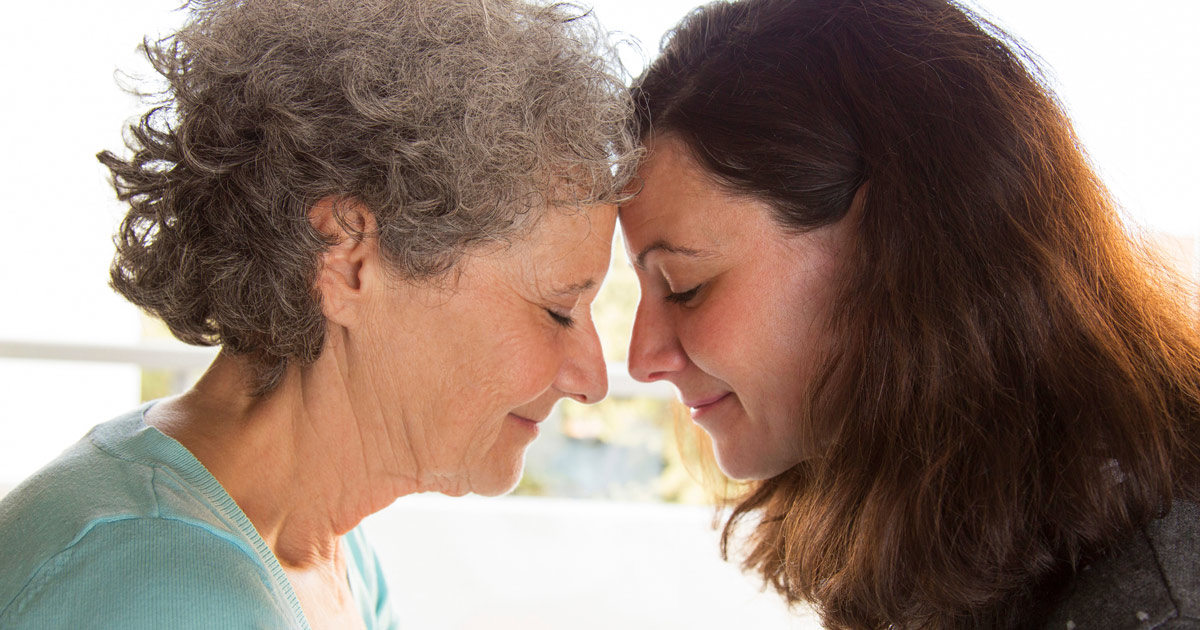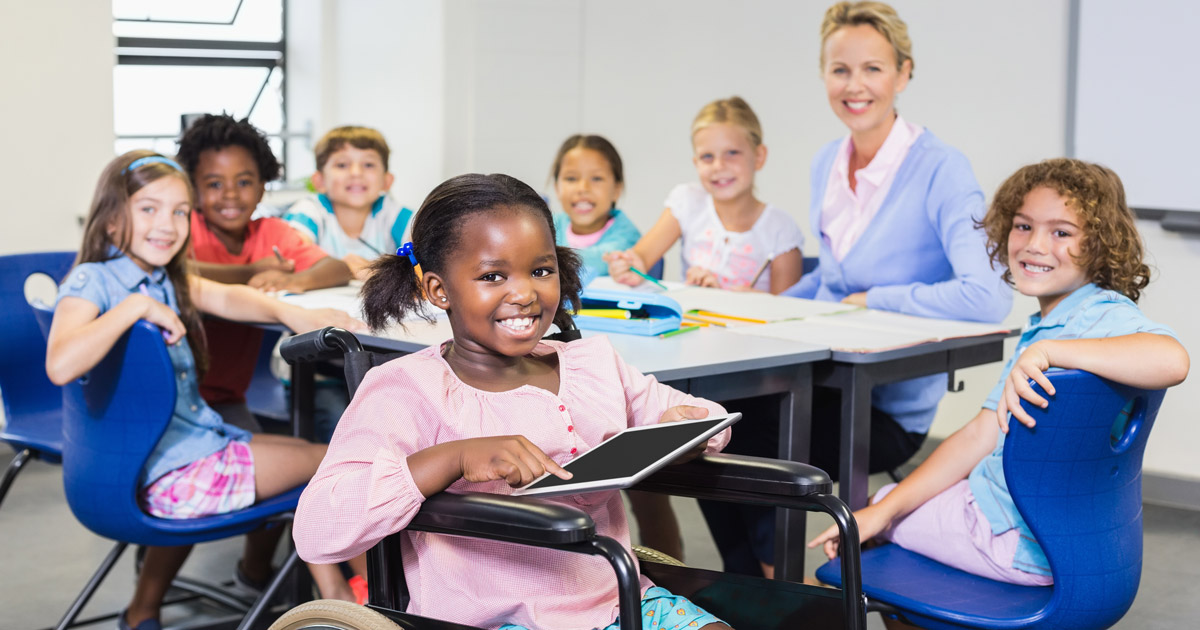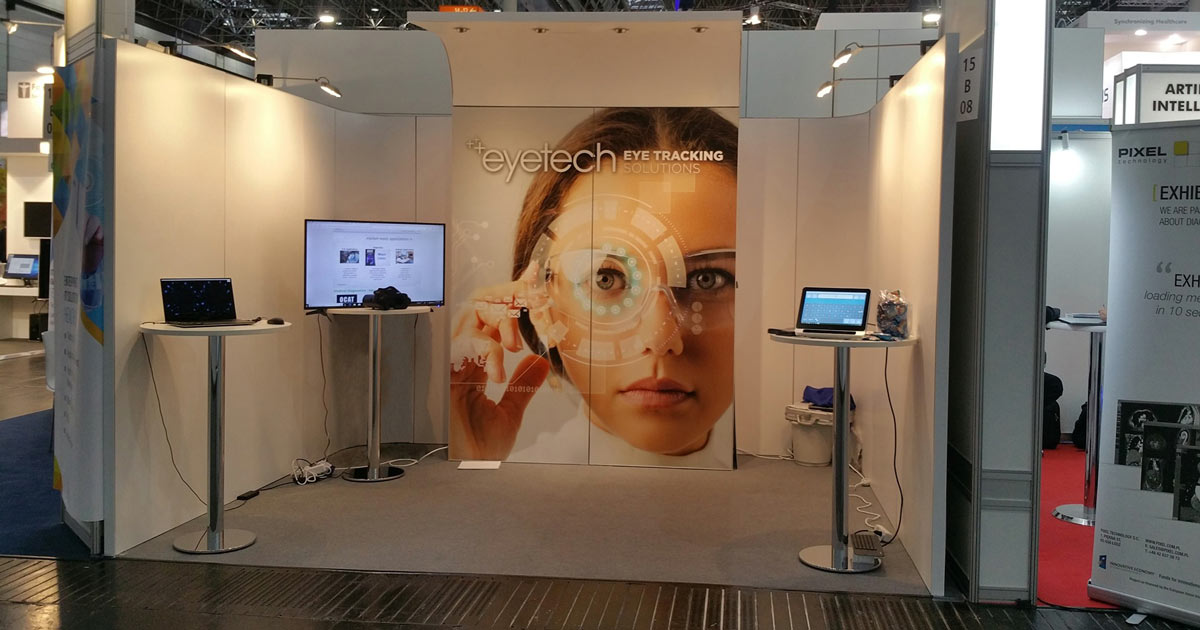Assistive technology consumers, families, practitioners, and professionals recently convened virtually and in person for the 2022 Assistive Technology Industry Association (ATiA) Conference, which took place in Orlando, Florida, January 26th through the 29th.
The ATiA is the premier organization for manufacturers, sellers, and providers of assistive technology, which includes products, equipment, and systems designed to enhance learning, working, and daily living for individuals with disabilities. The association’s mission is to “serve as the collective voice of the assistive technology industry to help ensure that the best products and services are delivered to persons with disabilities.” The annual ATiA conference features assistive technologies for all ages, from early childhood to seniors, with sessions and events that highlight solutions for the education market, university-level disability services, independent living, accommodations for the workplace, augmentative and alternative communication (AAC), and the needs of an aging population, to name a few.
The conference draws together practitioners, parents, teachers, researchers, manufacturers, and distributors who collectively reach more than one million people with disabilities. Among those in attendance at this year’s event were EyeTech Digital Systems consultants Amanda Dykstra and Neil Hansen. Dykstra, a licensed Speech Language Pathologist (SLP), and Hansen, who oversees international markets for the company, shared a presentation entitled “Supporting Communication and Independence with AAC Eye-Tracking Software.” The presentation highlighted key features end users should consider when evaluating AAC technology solutions.
The presenters emphasized the vital role that dedicated support can play in ensuring that end users derive the maximum benefit from their communication device. To meet this end, EyeTech employs Success Coaches that offer end users free device support for life to help ensure that their communication device becomes second nature. Success Coaches work with both users and their caregivers to support AAC device calibration, personalization, and use – from initial consultation through the time when it becomes an indispensable part of daily life. That depth of support is a unique differentiator for the company that end users and their care teams greatly value.
Dykstra and Hansen’s presentation also showcased EyeTech’s user-centric and easy-to-use OnBright software suite with features for communication, environmental control, computer control, and web and social media access. The educational session offered a sneak peek at the company’s new BrightSymbol application, EyeTech’s symbol-based solution for pre-literate AAC users. Built based on extensive research and direct feedback from SLPs, BrightSymbol’s core vocabulary uses motor memory in its symbol organization so the device is intuitive to both the user and their communication partner.
The pending formal release of BrightSymbol is the latest in a string of new device and software releases from EyeTech, including the recent introduction of the new EyeOn Go speech generating device (SGD). EyeOn Go is a light-weight communication aid that is ideal for mobile, verbally impaired individuals looking for convenient, on-the-go language support. The device is the first purpose-built SGD to run on the Android operating system. The company’s flagship EyeOn Elite product, by comparison, supports the needs of verbally and physically impaired individuals using eye-tracking technology as its primary means of engagement. The company plans to unveil additional product innovations in the coming weeks.
“It was refreshing to see the assistive technology community reunited,” said EyeTech CEO Leslie North of this year’s ATiA gathering. “The conference was well attended and one of the first opportunities many attendees had to reconnect in person on the heels of the pandemic. If anything, the isolation of the past two years has really emphasized the important role that connection, communication, and interaction play in quality of life. It was a pleasure to come together to share and explore the many ways that those in the assistive technology industry are working to continue to bridge those gaps for individuals with disabilities.”



